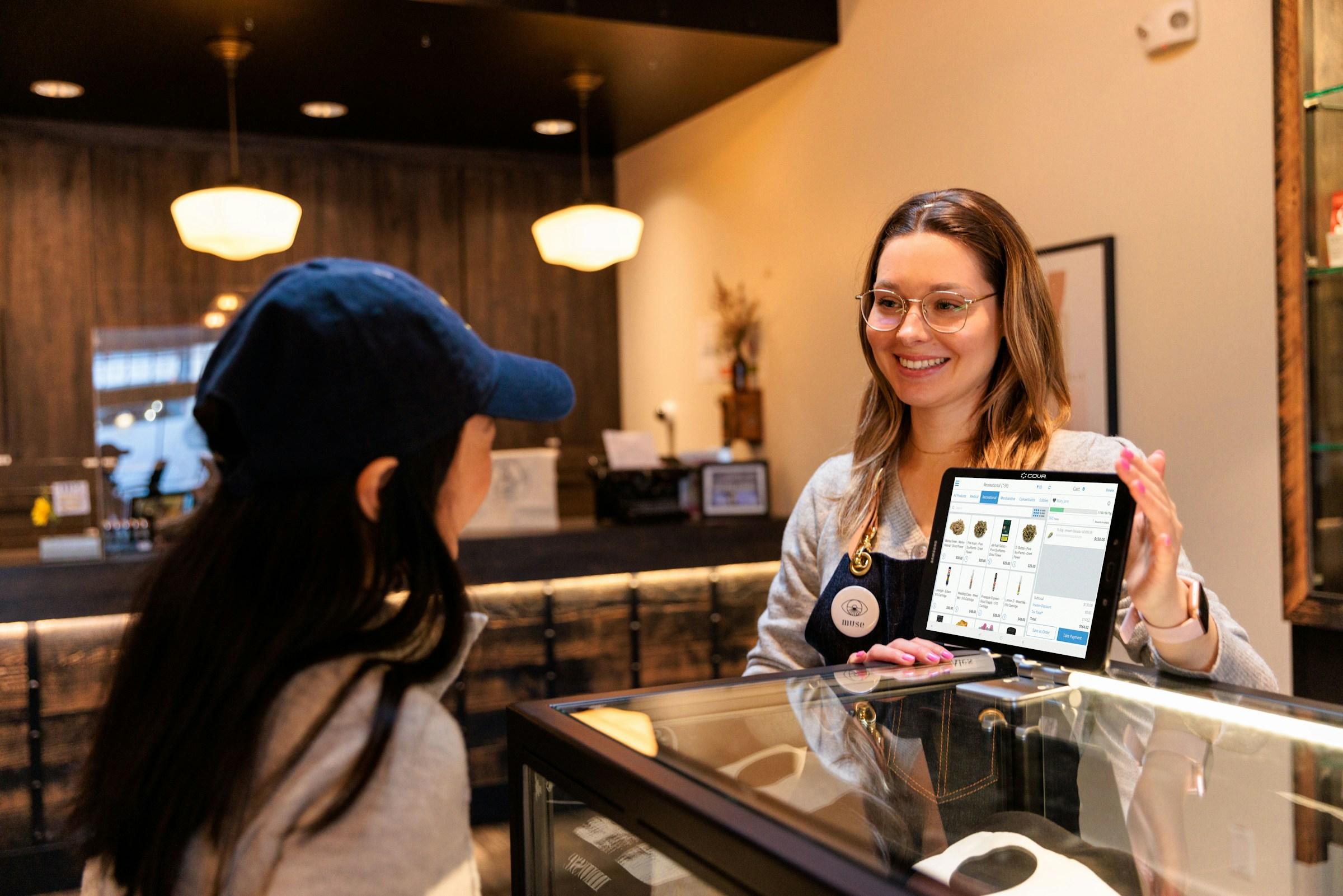Referrals are often treated like a gimmick that you switch on when paid channels slow down. That view misses the real value. A referral is the moment a customer converts private trust into public advocacy, and that act becomes a distribution engine that runs on product value rather than ad spend. When you design a referral motion as a system instead of a short campaign, the benefits compound across acquisition cost, speed through the funnel, customer quality, retention, pricing power, and brand defensibility.
Consider the economics first. Paid acquisition is an auction where your cost swings with market noise you cannot control. A mature referral loop moves spending away from that auction and toward outcomes. You reward only when a referred user reaches a milestone that matters. That shift means your acquisition cost tracks value creation instead of impressions. If your incentive takes the form of credits, time extensions, feature unlocks, or margin friendly perks, you maintain perceived value for the user without torching cash. The more your reward structure aligns with the unit economics of your product, the more predictable your customer acquisition cost becomes. Over time, as referred cohorts stack, your blended cost falls and your contribution margins improve.
Speed is the next advantage. A friend compresses the journey from curiosity to conviction. One message from someone you trust can replace a chain of ads, a sequence of landing pages, and a week of retargeting. In consumer products this removes decision fatigue. In business settings it shortens discovery and calms legal skepticism. If you map your funnel by the number of hard decisions a prospect must make, a referred lead starts a few steps ahead. The result is a shorter time to first value and higher completion of the first key action, which pushes day seven and day thirty retention in the right direction without adding complexity to onboarding.
Referrals also improve customer fit. Paid channels deliver whoever you can target. Referral channels deliver whoever your happiest users already spend time with. People cluster around similar needs, budgets, and tastes. When your best customers invite their peers, the new users tend to share the same willingness to pay and the same appreciation of your value story. You feel this in quieter support queues, fewer out of scope feature requests, and more acceptance of your pricing logic. Good fit customers contribute more and churn less because their expectations match what you actually deliver.
Retention rises for another simple reason. A referral is a public commitment. Once someone recommends your product, they create a small accountability loop with themselves. People do not like to promote something and then abandon it two weeks later. The effect shows up in cohort curves. Referred users churn more slowly than cold traffic, and referrers who bring friends churn more slowly still. The product travels from a private utility to a shared habit. Habits that live inside relationships decay more slowly than habits that live only on a home screen.
Defensibility follows from that social architecture. If your growth relies on outbidding a rival for a click, your position wobbles whenever capital gets cheap for the other side. If your growth relies on the willingness of users to invite friends, a rival must win two battles at once. They need enough product advantage to trigger a switch, and they need enough social advantage to convince those users to bring their network along. That second task is hard to buy. It requires more than a discount. It requires status and trust that cannot be cloned overnight. A tight referral system builds a moat that rarely looks impressive on a slide yet proves difficult to cross in the market.
A quiet but important outcome is pricing discipline. Customers who arrive through a friend often judge value relative to the experience their friend described, not against a carousel of competing ads. That gives you the confidence to hold price and to avoid the slow damage of blanket discounts that train buyers to wait. You can frame rewards as gratitude rather than markdowns, and you can direct incentives toward bundles or features that protect margin. Brands that live inside referral loops resist the race to the bottom because they do not need to bribe the entire market in order to keep their graphs pointing up.
Better signals for product judgment come bundled with this channel. Paid traffic brings volume but also a lot of noise. Referral traffic is smaller but richer in intent. You can see which features people mention when they share, which moments trigger the send, and which incentives feel natural rather than forced. Those clues help you allocate roadmap time where your natural pull already exists. When you build around the places where customers actively invite others, you amplify organic behavior instead of trying to manufacture it with spend.
Operationally, a referral system shifts the work your team does. Instead of chasing the algorithm of a media platform and renegotiating rates each quarter, you invest in product moments, lifecycle messaging, and community health. The focus moves from buying attention to earning advocacy. That work compounds. Improvements to triggers, copy, and qualification logic keep paying you without resetting at the end of a campaign.
In business software, the same motion shows up as internal selling. A champion who brings a colleague into a trial becomes your seller inside the account. They translate your value into the language of their process. They help unblock security and procurement. They own part of the success and will nudge adoption after the contract is signed. That makes customer success less about pushing uphill and more about supporting an internal movement that already exists.
Culture sits underneath all of this. The way you design and reward referrals teaches your users how to behave. If you make it easy to spam, you will train people to treat their friends like a list. If you reward successful onboarding and real activation, you will train people to be guides. Healthy communities forgive small missteps, report fraud early, and offer clear feedback. That resilience has real value during quarters when the plan goes sideways.
None of these gains appear if the loop is sloppy. The craft is straightforward but exacting. Choose a moment when the user has reached genuine value and place a single, natural share cue there. Use language that sounds like something they would actually say. Reward both sides only when the referred user hits a milestone that reflects real adoption. Measure the loop like a funnel with three links: the trigger that prompts sharing, the share that leads to a click, and the click that turns into first value. Find the weakest link and fix it before you widen incentives. When fraud appears, place friction where the fraud lives, not where honest users act. Cap rewards per account, tie payout to qualified actions, and use simple velocity checks to spot device farms. Clean systems do not need heavy gates for good users.
The long term effect is a bend in your growth model. As referred cohorts accumulate, your blended acquisition cost drops and your margins expand. That frees capital to improve the product, strengthen support, and open new markets with less risk. It also gives you more slack in paid channels. You can accept slower payback on ads because referrals backfill cash. Teams that miss this dynamic tend to treat referrals as a side project and never feel the crossover. Teams that plan for the crossover feel it sooner and then redesign their portfolio around it.
A final caution is worth making. Do not copy a famous referral mechanic without context. What works in a two sided marketplace will not map cleanly to a long time to value SaaS product. What works in a dense city food delivery app will not translate to a niche workflow tool. Copy principles instead. Reward value creation. Place the ask at a real moment of delight. Pay for outcomes, not clicks. Let customers speak in their own words. Run small tests, measure cleanly, and scale what matches your unit economics and your culture.
If you ask yourself what would happen to growth if paid channels faltered tomorrow, a strong referral system lets you answer with confidence. It lowers acquisition costs in a way that survives auction volatility. It moves people through trust steps that money cannot easily buy. It improves the fit and durability of your customer base. It builds a moat out of relationships and reputation. It gives you pricing discipline when the market tempts you to discount away your future. It sharpens the signals that guide your roadmap. It reduces dependence on external platforms and turns your own users into the channel. Most of all, it forces a harder and better question inside the company. What have we built that someone is proud to bring a friend to. When you can answer that clearly, referrals stop being a tactic and become the quiet engine that separates teams that rent growth from teams that own it.









.jpg&w=3840&q=75)


.jpg&w=3840&q=75)

.jpg&w=3840&q=75)